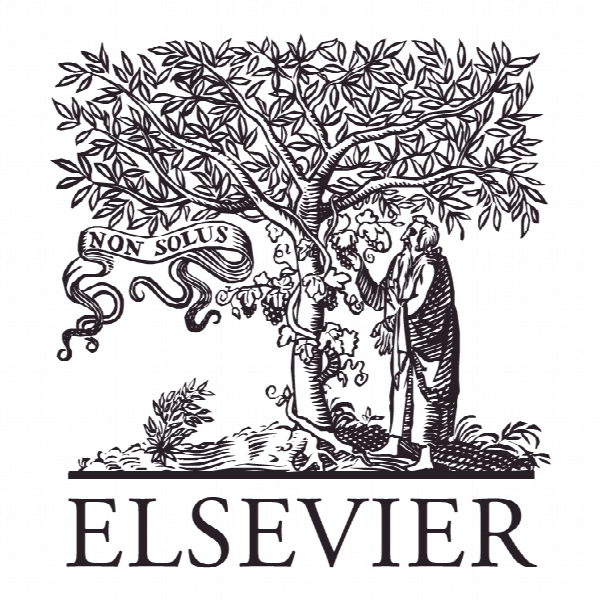استفاده از فن آوری های کامپیوتری و موبایل در درمان افسردگی Use of Computer and Mobile Technologies in the Treatment of Depression
- نوع فایل : کتاب
- زبان : انگلیسی
- ناشر : Elsevier
- چاپ و سال / کشور: 2018
توضیحات
رشته های مرتبط مهندسی فناوری اطلاعات، فناوری اطلاعات و ارتباطات، روانشناسی
گرایش های مرتبط روانشناسی بالینی، سیستم های چند رسانه ای
مجله آرشیو پرستاری روانپزشکی – Archives of Psychiatric Nursin
دانشگاه University of Pittsburgh – School of Nursing – USA
منتشر شده در نشریه الزویر
کلمات کلیدی انگلیسی technology, depression, computer-aided treatment, alternative treatments, mobile technology
گرایش های مرتبط روانشناسی بالینی، سیستم های چند رسانه ای
مجله آرشیو پرستاری روانپزشکی – Archives of Psychiatric Nursin
دانشگاه University of Pittsburgh – School of Nursing – USA
منتشر شده در نشریه الزویر
کلمات کلیدی انگلیسی technology, depression, computer-aided treatment, alternative treatments, mobile technology
Description
Introduction Major depression (MDD) has a lifetime prevalence of 14.4% (Kessler, et al., 2012) and a negative impact on overall functioning that is often greater than many physical disorders (World Health Organization, 2011). Although several psychological treatments including cognitive-behavior therapy (Dobson, 1989; Hollon, Shelton, & Davis, 1993; ; Kessler, Petukhova, Sampspn, Zaslavsky, & Wittchen, 2012; Butler, Chapman, & Forman, & Beckl., 2006) and pharmacotherapy (de Maat, Dekker, Schoevers, & de Jonghe, 2007; Thase, Greenhouse, et al., 1997) have been demonstrated to be effective, most people who have MDD do not receive such treatments (Hirshfeld, et al., 1997; ; Davidson & Meltzer-Brody, 1999). For example, the World Health Organization (2011) reported that 76%–85% of those in low/middle income countries and 35%–50% in high income countries receive no mental health treatment. In response to this, technological applications have been suggested as one possible solution to the problem of under-treatment of MDD (Spurgeon & Wright, 2010)Proudfoot, Parker, Pavlovic, Manicavasagar, Adler, & Whitton, 2010).). Ninety-two percent of the U.S. population own cell phones (Anderson, 2015). As of 2015, 68% of cell phone owners were using a smartphone, outnumbering other types of mobile phones, which is a 40% increase since 2011 (Smith, 2015). Ownership is broadly represented among gender, age, and economic groups and has increased across a wide range of demographic groups, which now include nearly equal proportions of African-American (68%), Hispanic (64%), and Caucasian users (66%) (Smith, 2015). The majority of these users own a computer (i.e., 73% own a desktop or laptop,and 45% own a tablet computer. (Anderson, 2015). The national average for Internet use is 87% (Pew Research Center, 2014). (Zickuhr, 2012) argues that these trends and other technological advancements have spurred increased development of a variety of technology-based tools to deliver or augment treatment of MDD. Moreover, the price of data plan fees (that offer Internet and e-mail capability) has been reduced significantly by cellular service providers, which broadens the population of consumers willing and able to invest in the smartphone concept (Klassen, 2011). These advances prompt us to present the usage of these technologies—and other related technologies—to address the issues of under or inadequate treatment of MDD.


